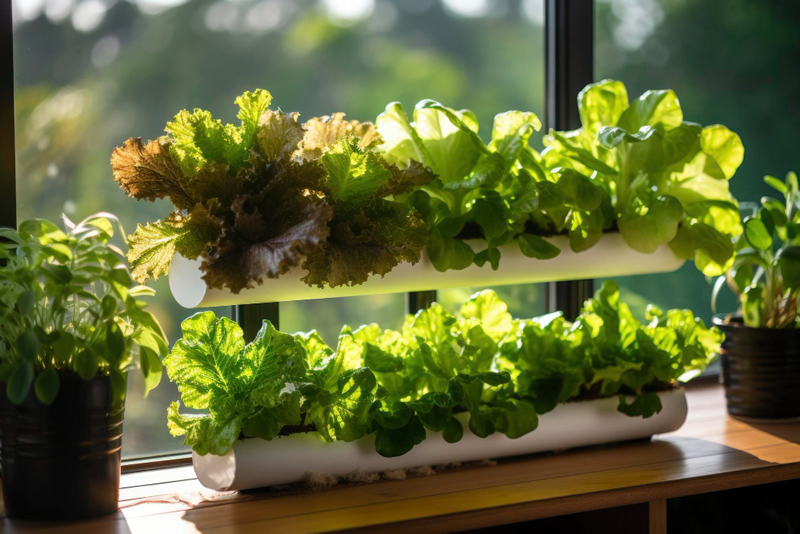Introduction to Agroponics.
Modern Agriculture’s Evolution.
In the mid-20th century, a profound transformation swept across the global agricultural landscape. This transformation, known as the Green Revolution, marked a turning point in human history by significantly increasing food production and changing the way we cultivate crops. In this chapter, we will delve into the origins, impact, and ongoing legacy of the Green Revolution, a monumental chapter in the story of modern agriculture.
The Roots of Change
The Green Revolution emerged as a response to the pressing challenges of the post-World War II era. The world’s population was rapidly growing, and the specter of global food shortages loomed large. In 1943, a visionary American plant scientist named Norman Borlaug set out to address this impending crisis. His mission was to develop high-yielding varieties of wheat that could thrive in a variety of conditions.
Borlaug’s work led to the development of wheat varieties that not only produced higher yields but also had improved resistance to diseases and pests. These new varieties were the first significant step towards the Green Revolution, but the true breakthrough came in the 1960s when these innovations were extended to rice, another staple crop. This “miracle rice,” or IR8, developed by scientists in the Philippines, sparked the widespread adoption of high-yielding crop varieties worldwide.
Technological Advancements
Central to the Green Revolution were significant technological advancements in agriculture. These included:
- High-yielding Varieties (HYVs): The development and dissemination of HYVs played a pivotal role in boosting crop yields. These varieties were bred to produce more grain per plant and were often resistant to diseases and pests.
- Irrigation and Fertilization: The introduction of modern irrigation systems and the application of chemical fertilizers greatly enhanced crop growth. Controlled water supply and nutrient-rich soils became key components of high-yield agriculture.
- Pesticides and Herbicides: New chemicals were developed to combat crop-destroying pests and weeds effectively. This allowed farmers to protect their crops and maximize yields.
- Mechanization: The Green Revolution introduced mechanized farming techniques, such as tractors and combine harvesters, which significantly increased the efficiency of planting and harvesting crops.
Societal Impact
The Green Revolution had far-reaching social and economic consequences. Its most significant impacts included:
- Increased Food Production: The introduction of HYVs, coupled with improved agricultural practices, led to a dramatic increase in food production. This helped to alleviate hunger and malnutrition in many parts of the world.
- Economic Growth: By boosting agricultural productivity, the Green Revolution contributed to economic growth in many developing countries. Increased farm incomes and employment opportunities improved the quality of life for many rural communities.
- Urbanization: As agriculture became more efficient, fewer people were needed to work in the fields. This led to a significant migration from rural areas to urban centers, transforming societies and economies.
- Environmental Concerns: While the Green Revolution brought about undeniable benefits, it also raised environmental concerns. Intensive agricultural practices, such as the excessive use of fertilizers and pesticides, led to soil degradation and water pollution.
Ongoing Challenges
The Green Revolution’s legacy is mixed. While it successfully increased food production and reduced poverty in many parts of the world, it also brought about a range of ecological and social challenges. These include concerns about the sustainability of intensive agriculture, the loss of genetic diversity in crops, and the marginalization of small-scale farmers.
As we look to the future, the Green Revolution serves as a reminder of the complex relationship between technology, agriculture, and society. It teaches us that technological innovations can address immediate challenges but also create new ones. Sustainable agriculture, with an emphasis on ecological balance and social equity, has become the next frontier as we strive to feed a growing global population while safeguarding our planet.
In the pages that follow, we will explore the evolving landscape of agriculture, from the rise of organic farming to the development of precision agriculture and genetic engineering. Each of these developments represents another step in the ongoing journey to feed the world while preserving our environment and ensuring the well-being of all humankind.

